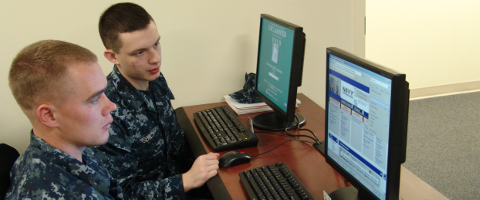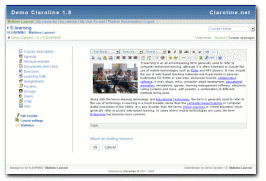
In the information era many things have changed, including how people educate themselves. As more and more people desire to go back to school and improve their livelihoods, traditional colleges have had to create a system that works for everyone: online education. As more people become aware of the option to take classes online, there will be a major change in how adults achieve their online degree.
The change from traditional education to online education
The change from traditional education to online education has been mostly due to life’s mission to save money. In the US, due to the recession, many families are trying to find alternative ways to get degrees without the whole college experience, including a dorm room, meal plan and gas money for commuting. These expenses really add up when it comes to going to a traditional school.
The online schools are also catering to the new generation who desires flexibility from their school. It’s the flexibility that keeps the numbers rising in the online education community. Because of the recession, people can’t just quit their jobs and go back to school. The best thing for them to do is to work and fit class wherever they can. It’s possible to do this with online education.
Opportunity for website developers
Online schools contain forums for their students to chat on, digital drop boxes for homework, syllabi for each class and links leading to video, audio and written information that helps students learn the courses that they taking. If these applications are not running smoothly, the school is in trouble.
Besides having to undergo the mandatory maintenance, online universities will be constantly evolving. Web developers will need to stay up on what is happening on the sites as well as be able to implement new programs in a timely fashion. Because online universities are still pretty young, there will be a lot of development as the universities learn what works and what doesn’t. So for the web developers, it will be important to learn as much as possible to work in a fast paced environment.
Free and Open Source Software

There is some free software out there for anyone interested to learn more about online education and how it works. Three examples of these are Moodle, ATutor and Claroline. All three of these are open source educational tools that include many of the same features. They allow educators to create classes and are able to support multiple users. These educational tools are not just limited to schools, many businesses created online training material for their employees. Also, once logged in, there are many of the same things that major online universities use including forums and drop boxes.
What is nice is the amount of personalization a teacher can employ with these sites. They can add whatever tools they want to their virtual classroom. If they don’t want to include a drop box, they have that control. They can create a class, fill in the class description, add an image and include whatever tools they want for their class.
In the information era everyone is looking for educational alternatives so they can improve their livelihood. This will mean a lot of opportunities in the future for web developers as more schools start their own online schools. The best thing to do right now is to research these open source sites and deduce what will be the next phase in educational development.
